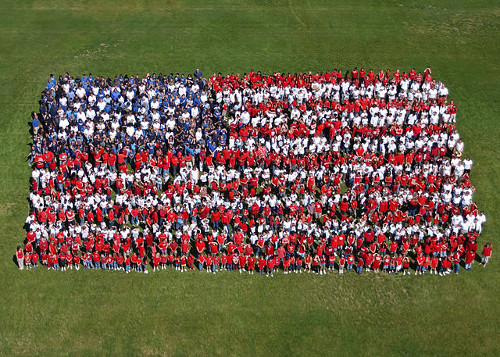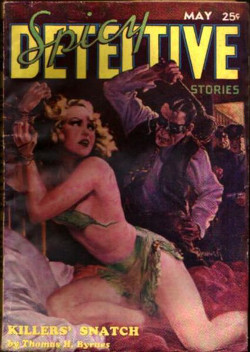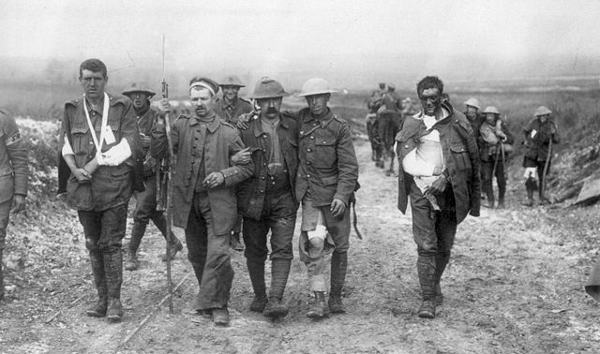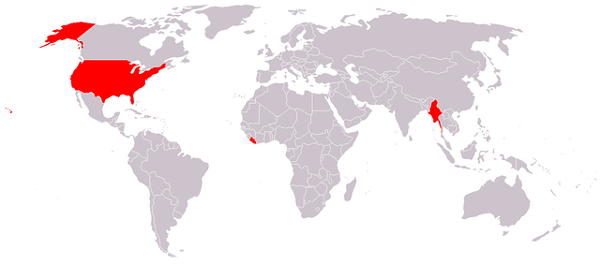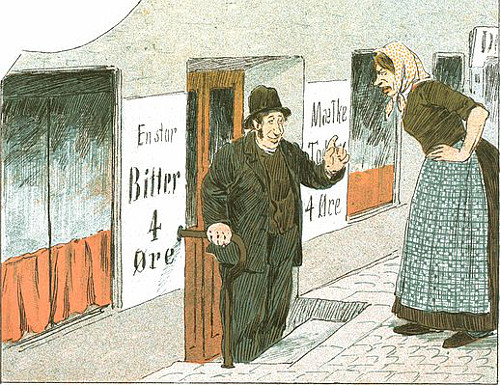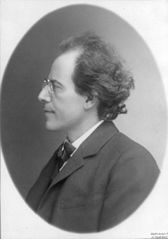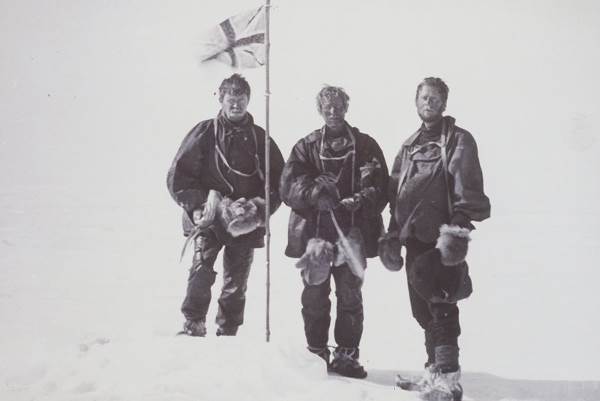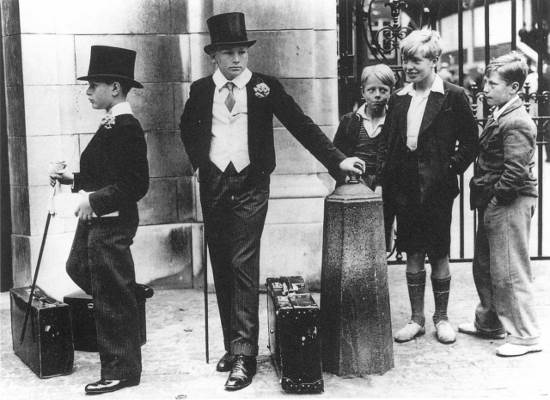
fastuous
adj. haughty, arrogant, pretentious, or showy
alabandical
adj. barbarous, uncivilized
floccipend
v. to regard as insignificant or of no account
In 1937 photographer Jimmy Sime caught sight of five boys outside Lord’s Cricket Ground during the annual Eton vs. Harrow match. Peter Wagner and Tim Dyson were Harrow students awaiting a ride to the Wagners’ country home in Surrey, and George Salmon, Jack Catlin, and George Young were working-class boys who had spent the morning at the dentist and hoped to earn some money running errands at Lord’s.
Sime’s photo filled three columns of the News Chronicle‘s front page on July 10 under the headline “Every Picture Tells a Story.” It has been reprinted widely since as an illustration of the British class system, sometimes with the title Toffs and Toughs.
In 1998, journalist Geoffrey Levy tracked down Young and Salmon, then in their 70s, and asked whether they’d resented the Harrow boys. “Nah,” Young said. “We had our lives, they had theirs.” Salmon said, “In those days you accepted what you were and what they were, and got on with it.”

